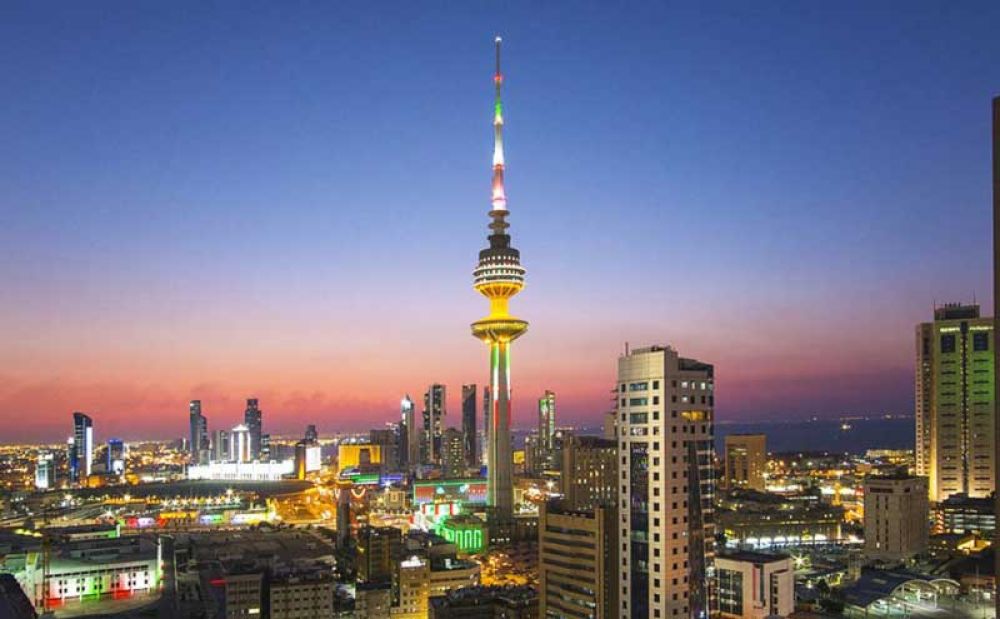

The Liberation Tower is one of the most significant landmarks and symbols of Kuwait's resilience and pride. Standing at 372 meters, it is the second tallest structure in Kuwait after the Al Hamra Tower. The history of tourism focused on the Liberation Tower is inherently tied to the history of Kuwait itself, especially its recovery after the Gulf War.
The construction of the tower began before the Iraqi invasion of Kuwait in 1990. However, the construction was halted during the conflict and the tower sustained damage. Post-liberation in 1991, the tower was completed and named the Liberation Tower. It symbolizes Kuwait’s freedom and the end of the Iraqi occupation. It was officially opened in March 1996.
The tower is not merely a telecommunication tower but also a monument of cultural significance. In recent years, it has become an integral part of city tours and is a must-see for visitors interested in the modern history of Kuwait.
Although tourists cannot usually access the interior or the observation deck due to security restrictions, it remains a powerful symbol that is photographed and admired by visitors. The area around the tower has become a hub for tourists who come to gaze at this architectural marvel from the base and learn about its historical context.
The Kuwaiti government has been keen on improving the tourism offerings in Kuwait City, with the Liberation Tower as a focal point. Efforts to revitalize the area and possibly open up the tower for limited public access in the future are considerations that might be on the horizon as part of enhancing tourism experiences in Kuwait.
Tourism plays a vital role in Kuwait’s economy, with the government making significant investments in promoting its heritage sites, modern marvels like the Liberation Tower, and new tourist attractions. The tower, while primarily a symbol of freedom and resilience, contributes to the tapestry of Kuwait’s tourist attractions, drawing visitors from around the globe.
Visitors to Kuwait City are encouraged to include the Liberation Tower in their itinerary, to better understand the recent historical events that have shaped Kuwait. While in the area, tourists also have the opportunity to experience the local culture, cuisine, and hospitality that is inherent to the city's charm.
The future of tourism in Kuwait looks promising, with the government focusing on diversifying the economy through the New Kuwait 2035 vision. Tourism, and specifically historical tourism that includes sites like the Liberation Tower, is a key part of this strategy. Emphasis on cultural tourism is also expected to grow, with the tower acting as a gateway to Kuwait’s compelling story of liberation.
Over the years, the Liberation Tower has evolved into a potent emblem of Kuwait's past struggles and triumphs. Its role in tourism is not just about drawing visitors but also about serving as a steadfast reminder of the country's ability to rebuild and progress.